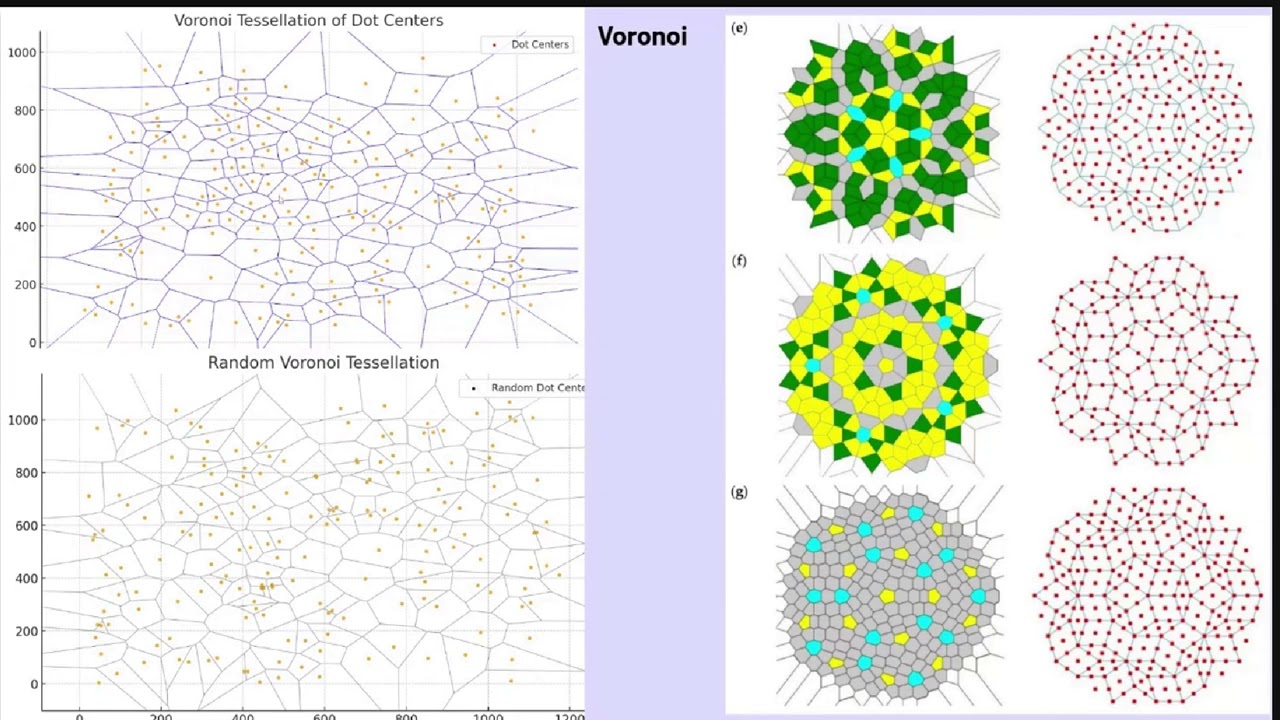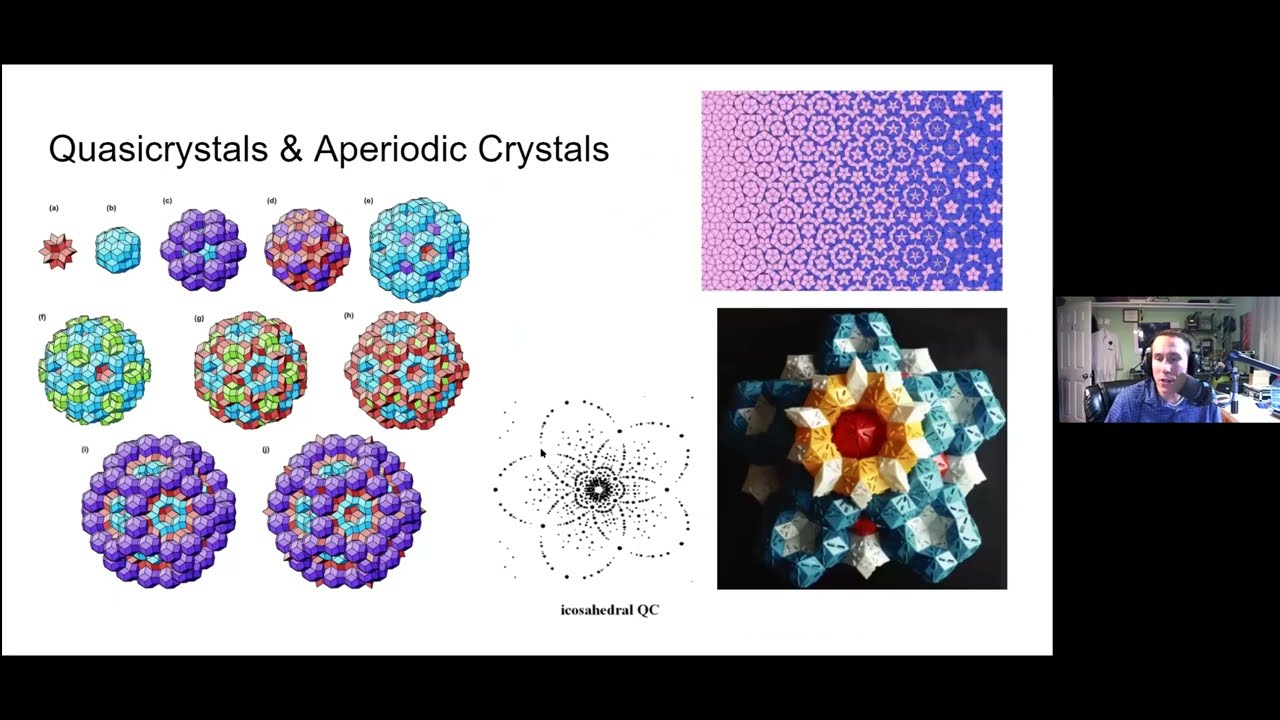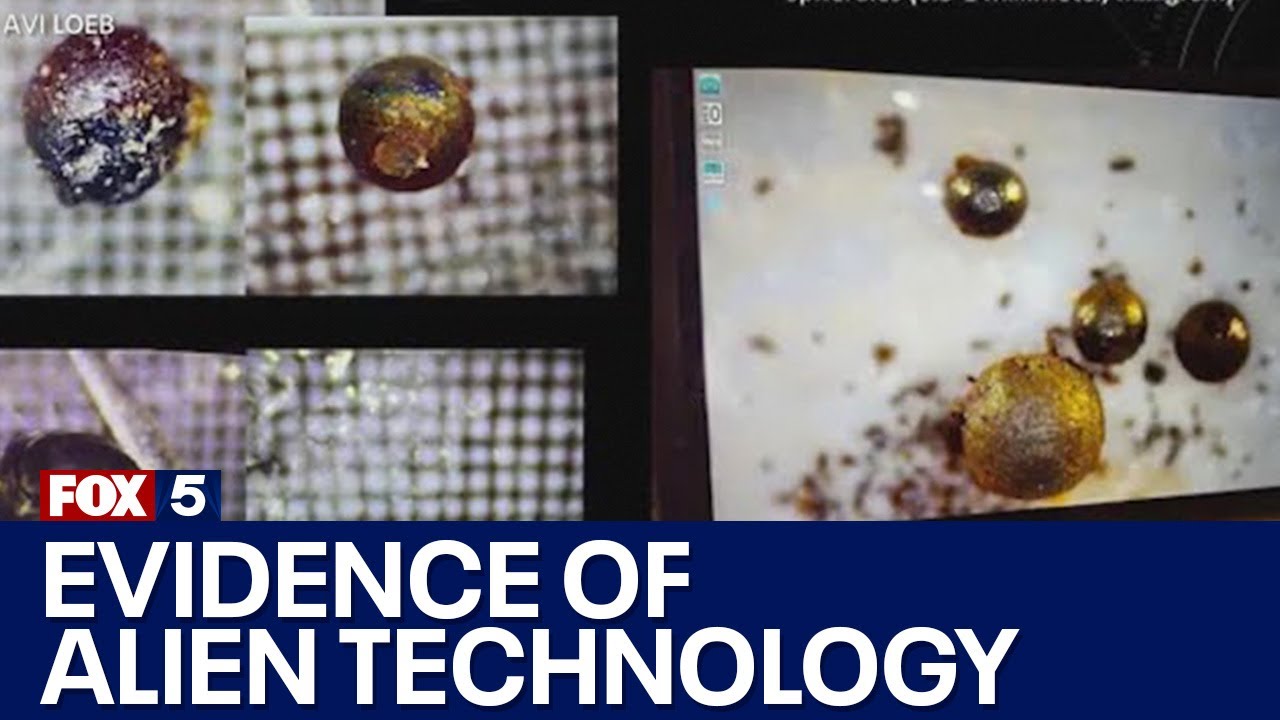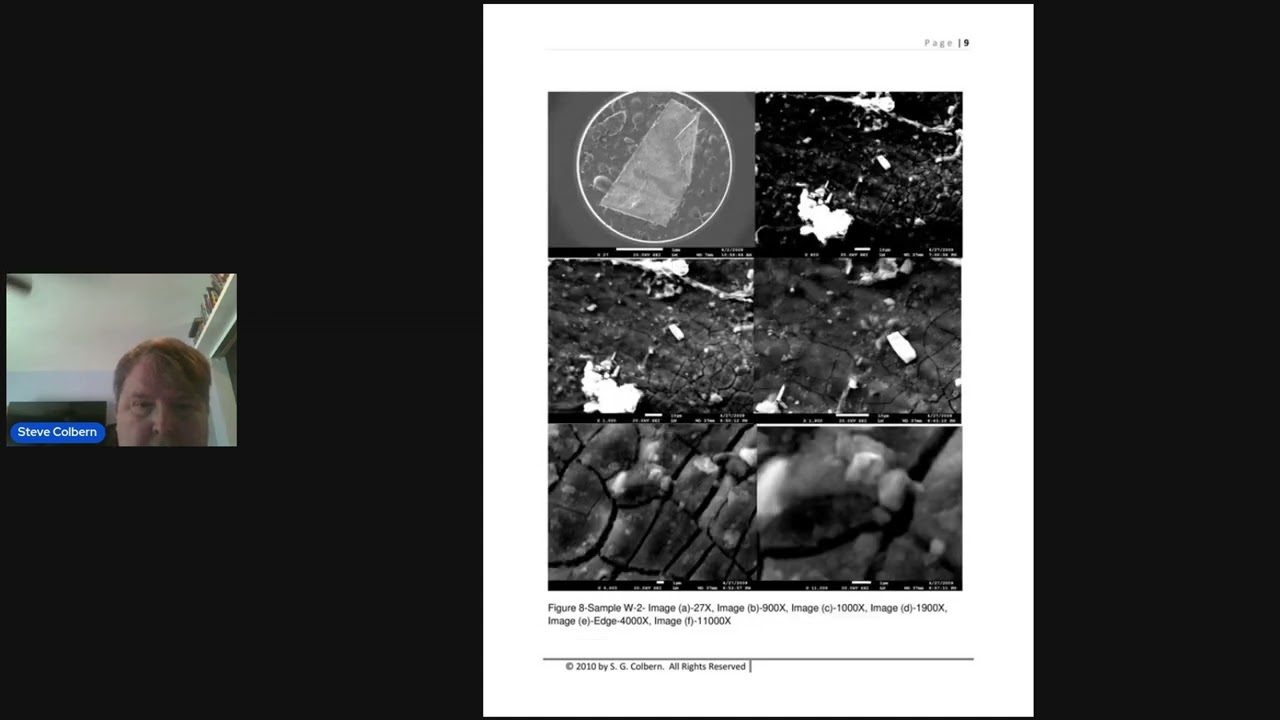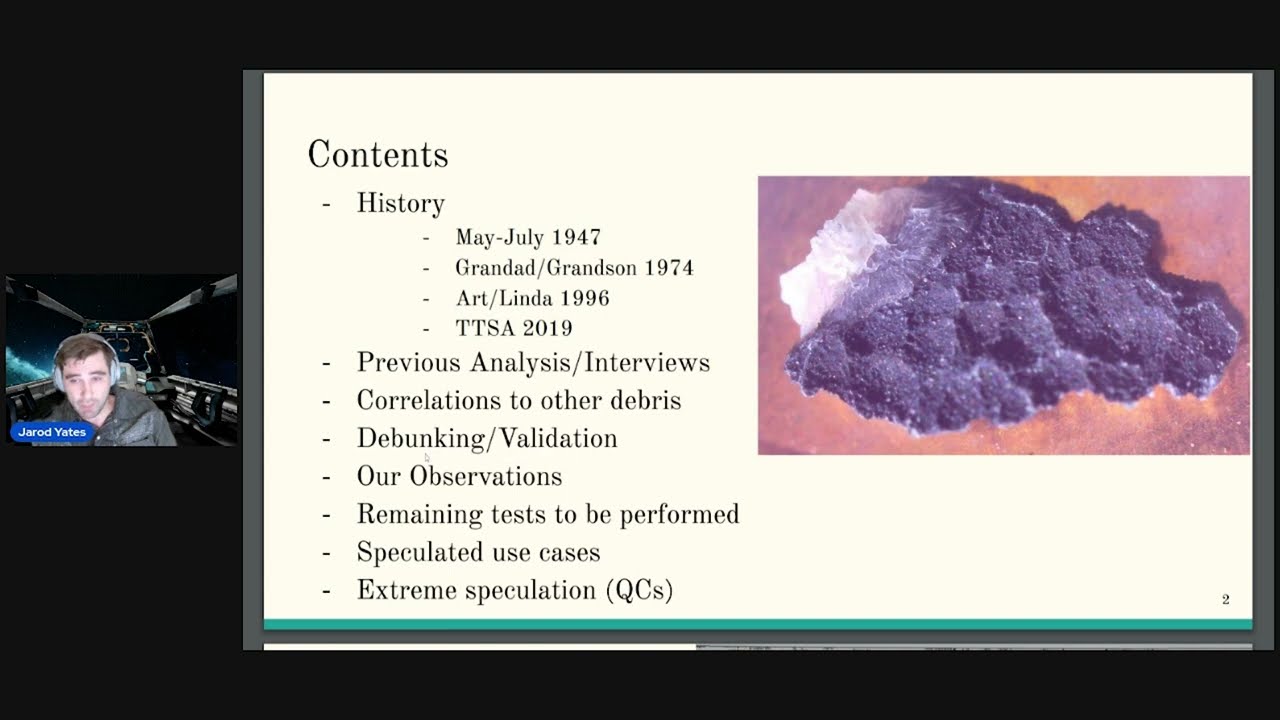Art’s Parts: Metallurgical Microscope Analysis
Jarod Yates provides an overview of high-resolution metallurgical microscope images of the Art’s Parts UFO crash recovery sample being investigated at Falcon Space. He demonstrates the appearance of microstructures similar to “tin whiskers”, and offers possible comparisons to semiconductor connectors used in the computer industry.
Analysis of the Roswell material sample using a metallurgical microscope revealed micron-diameter fibers, some exhibiting a central hub with spokes, unlike larger silicate fibers. Images showing these features will be posted online. Further analysis using a scanning electron microscope and XRD is planned to determine the fiber composition (potentially crystalline formations, fiber optics, or nanowires).
Unveiling the Unseen: A Microscopic Journey
The initial examination, using a metallurgical microscope, showed a small sample at minimum zoom. However, as the magnification increased, the true nature of the material began to emerge. At maximum zoom, incredibly fine fibers, measuring one micron in diameter or less, became clearly visible. These fibers weren’t just randomly arranged; they exhibited a striking, organized structure. Multiple images revealed a central hub with radiating spokes, a pattern reminiscent of advanced technological designs.
(Image: Insert image of the fiber structure here)
A Technological Enigma?
The researchers immediately drew comparisons to the structure of 80s-era erasable programmable read-only memories (EPROMs). While this comparison is intriguing, it’s far from conclusive. Further analysis is needed to determine the exact composition and origin of these microscopic fibers.
(Image: Insert comparison image of EPROM structure here)
Distinguishing Features: Size Matters
To put the size of these fibers into perspective, the researchers compared them to magnesium orthosilicate fibers, a common silicate material. The difference was stark: magnesium orthosilicate fibers are significantly larger, ranging from 5 to 10 microns in diameter. This substantial size difference highlights the unique nature of the Roswell material’s fibers.
What Could These Fibers Be?
The possibilities are numerous and exciting. The researchers suggest several potential compositions:
- •Crystalline Formations: The organized structure suggests a highly ordered crystalline arrangement.
- •Fiber Optics: The thin diameter and potential light-guiding properties (if further analysis confirms) raise the possibility of advanced fiber optic technology.
- •Nanowires: The extremely small size aligns with the characteristics of nanowires, which are used in various advanced technologies.
The Investigation Continues
The analysis is far from over. The sample will undergo further testing using a scanning electron microscope (SEM) and X-ray diffraction (XRD) to determine its precise composition. Hours of video footage captured during the microscopic examination will be edited and released publicly within the next one to two weeks, providing a detailed visual record of this groundbreaking discovery. Stay tuned for updates as this investigation unfolds. The mystery of Roswell continues to deepen, and the microscopic world holds the key to unlocking its secrets.
Register For UFORev
Want to see more great UFO Reverse Engineering stories? Sign up for our mailing list to get exclusive access to captivating presentations, engaging events, and more!
RECENT POSTS
Art’s Parts Sample May Contain Quasicrystals
April 7, 2025
Space Age Materials for UFO Reverse Engineering
April 7, 2025
Harvard Physicist May Have Found Alien Technology
April 7, 2025
San Augustin: UFO Crash Recovery Sample Analysis
April 6, 2025
Art’s Parts 1: UFO Crash Recovery Material Analysis
April 6, 2025
